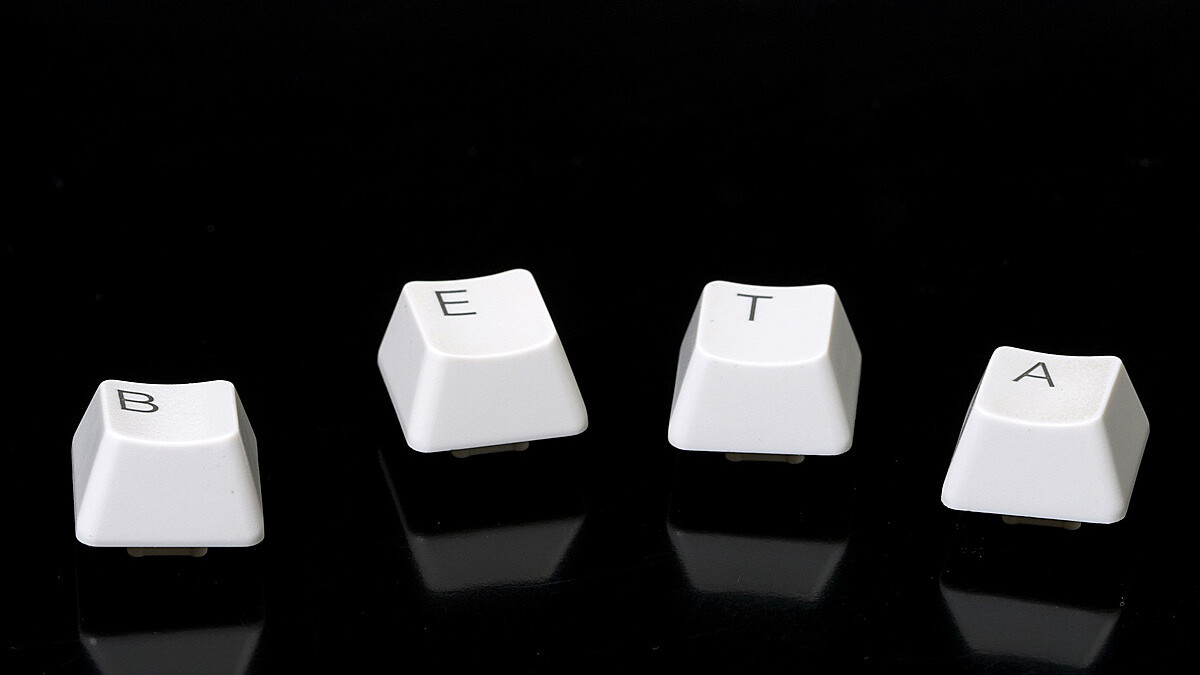
Two days after releasing the stable version of Chrome 34, Google has announced the release of Chrome 35 beta for Windows, Mac, and Linux. All the new features are for developers, especially those building Web content and apps for mobile devices – this release doesn’t appear to have any new goodies targeted at the end user.
First up, Google is promising more developer control over touch and zoom input. The touch-action CSS property lets developers use a declarative mechanism to selectively disable touch scrolling, pinch-zooming, or double-tap-zooming on parts of their Web content. Meanwhile, Web content on desktop computers will now receive mouse scroll wheel events with the ctrlKey modifier set, which lets developers do something different than simply default to triggering browser zoom (Google offers the example of being able to zoom in Google Maps, as opposed to zooming on the whole webpage).
Next up, Chrome 35 beta adds new JavaScript functionality defined in the ECMAScript 6 standard. There are three of them:
- Promise, a value that may not be available yet but will be known at some point in future, and is meant to help writing cleaner asynchronous code.
- WeakMaps and WeakSets allow developers to create efficient, garbage-collected data structures. In both, references to objects are held weakly: if there is no other reference to an object stored in the WeakSet, it can be garbage collected. This helps avoid memory leaks.
- Object.observe lets developers observe changes to JavaScript objects. Callbacks can observe multiple objects and will receive all changes to any objects in a single asynchronous call.
Google has also added support for unprefixed Shadow DOM; the prefixed implementation of Shadow DOM was made available with the release of Chrome 25. The addition brings reliable composition of user interface elements by allowing developers to scope their HTML markup, CSS, and hide the implementation details of complex components, as well as build their own first-class elements and APIs with Custom Elements.
Finally, CSS Font Loading has been added for dynamically loading font resources and the SVG ‘paint-order’ property lets developers control the order in which fill, stroke, and markers are painted. Here’s what features were removed: HTMLVideoElement-specific prefixed fullscreen API, TextTrackCue constructor, isindex, Legacy Web Notifications, support for NPAPI on Linux, and Attr.isId, ownerElement, prefix setter.
Chrome 35 is set to launch in May. We’ll let you know when it’s available for everyone.
Top Image Credit: T. Al Nakib
Get the TNW newsletter
Get the most important tech news in your inbox each week.





